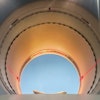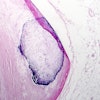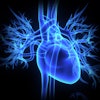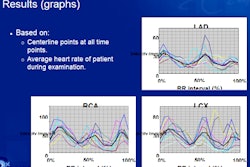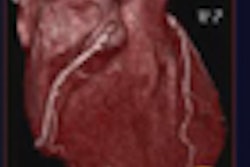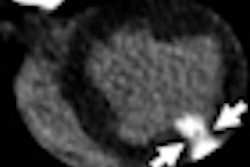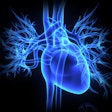Dear Cardiac Imaging Insider,
Studies have shown coronary CT angiography (CTA) to be accurate and cost-effective for evaluating coronary artery disease in various populations -- among them patients presenting with chest pain. But at what point does nuclear scintigraphy become the lower-dose, more cost-effective gateway exam for invasive angiography?
Researchers from Pennsylvania answered this question with a decision-tree analysis based on disease prevalence. See what they found in this issue's Insider Exclusive.
Poor SPECT MPI was also beaten by echocardiography for predicting problems after myocardial infarction, according to the results of another study.
Cardiac motion can inhibit the accurate interpretation of coronary CTA studies when heartbeats are rapid or uneven. So researchers from the Netherlands created an algorithm to automatically and quantitatively evaluate motion in dual-source CTA (DSCTA) data and, in so doing, help pick the best images to reconstruct.
But motion aside, are DSCTA images sharper and more diagnostic than 64-slice? In a new study from Italy, researchers compared the two modalities side by side. See what they found by clicking here.
If you believe the cardiovascular device market is a scandalous profit-driven racket, you'll find a thread of support for your view in an analysis from the Journal of the American Medical Association. Researchers found that U.S. Food and Drug Administration approval of most devices was based on the results of a single study -- and the great majority of studies were neither randomized nor blinded. Get the rest of the story here.
Patients with peripheral arterial disease need their coronary arteries checked, too, according to a new study from the Netherlands.
Contrast doses can be halved with the use of wide-area CT, say doctors at Charité University Medical School in Berlin, though obese patients will still need a larger dose. Find out how much is reasonable by clicking here.
Finally, how does MRI compare to CT for coronary artery disease assessment? It's a tight race, according to teams from Switzerland and the U.S.
We invite you to scroll down for more stories, and stay tuned to your Cardiac Imaging Digital Community for everything that makes the future worth sticking around for. Here's to a happy 2010!
